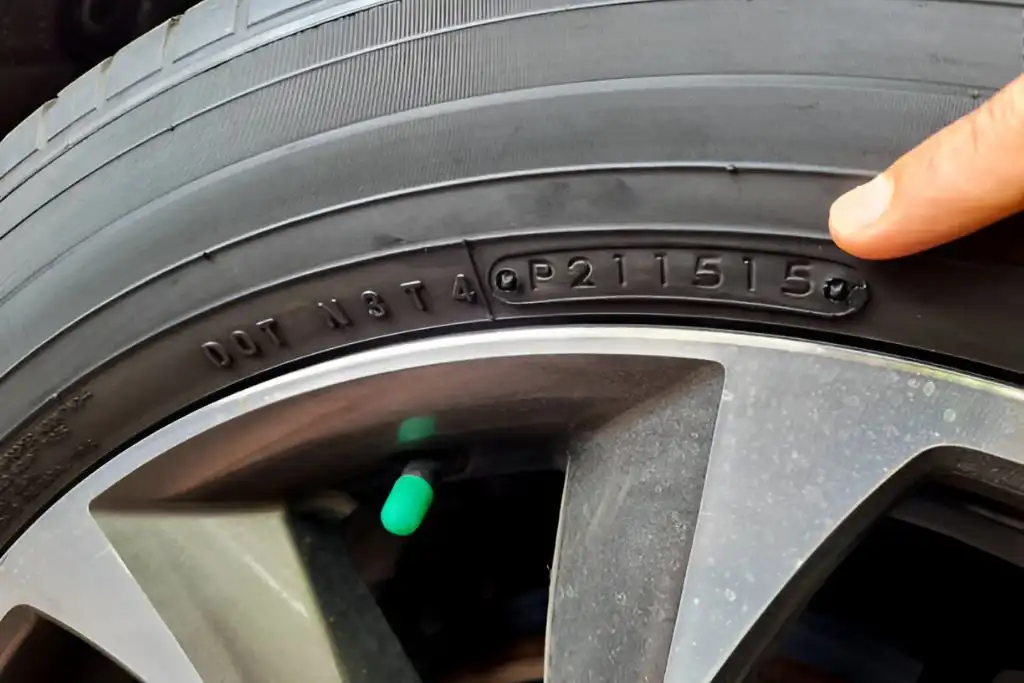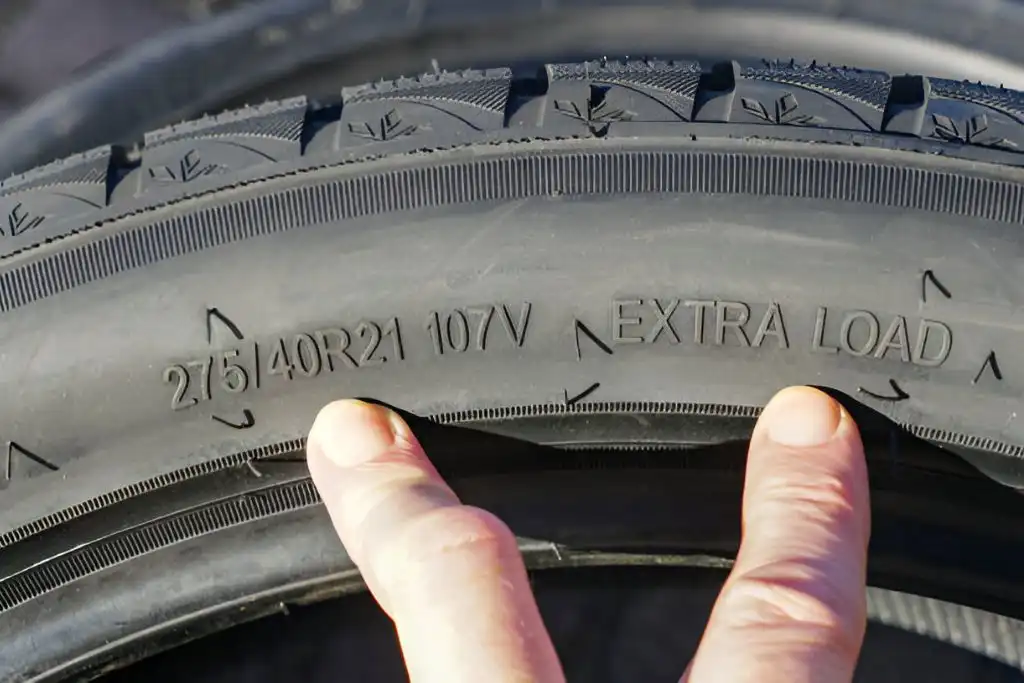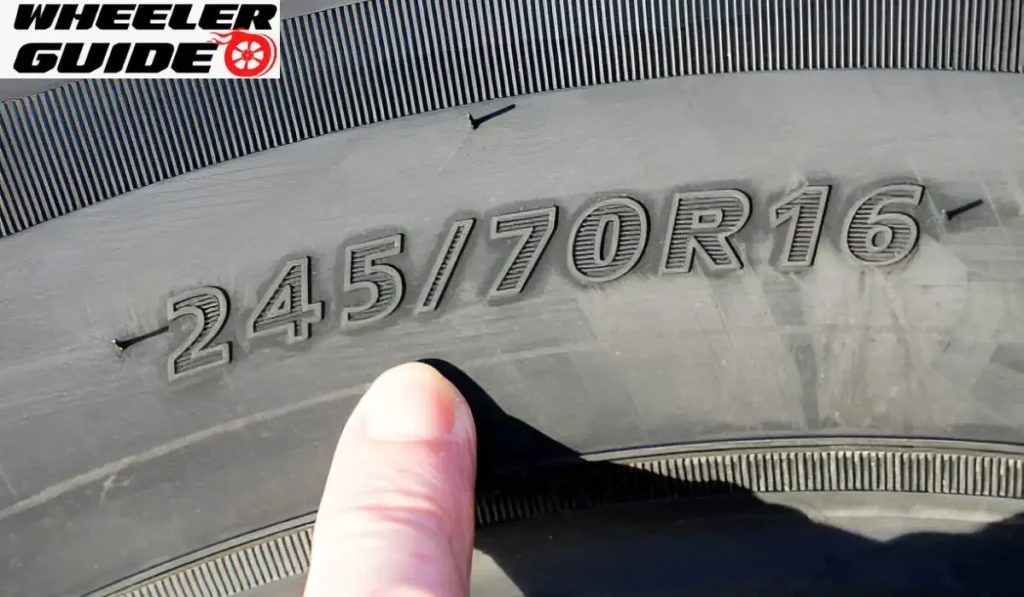Tire date codes, also known as DOT numbers, play a key role in tire safety. These codes, required by the Department of Transportation, help drivers know when their tires were made.
The last four digits of a DOT code show a tire’s manufacture date, with the first two digits indicating the week and the last two showing the year. For example, 4714 means the tire was made in the 47th week of 2014. Knowing how to read these codes can help drivers keep their tires in good shape and stay safe on the road.
Decoding the Tire Date Code
The tire date code is a crucial part of the DOT number. It tells you when a tire was made, which is important for safety and performance reasons.
Understanding the TIN Structure
The Tire Identification Number (TIN) is part of the DOT number on tires. It has 7-13 characters. The first part shows where the tire was made. The middle part gives details about the tire size and type.
The last 4 digits are the date code. This tells when the tire was made. For tires made after 2000, it uses a 4-digit system. The first two numbers show the week. The last two show the year.

Locating the DOT Number
The DOT number is on the sidewall of the tire. It starts with the letters “DOT”. This stands for the Department of Transportation.
Look for a long string of numbers and letters after “DOT”. The full code can be hard to find. It might be on the inner side of the tire. Use a flashlight to help see it clearly.
Some tires may have incomplete DOT numbers. These only show part of the code on the outer side. The full code is on the inner side.

Reading Tire Manufacture Date
For tires made after 2000, the date code is easy to read. The first two numbers show the week of the year. The last two show the year. For example, “2324” means the tire was made in the 23rd week of 2024.
Tires manufactured before 2000 used a 3-digit code. The first two digits were the week. The last digit was the year in the decade.
For instance, “127” could mean the 12th week of 1997 or 1987. This old system can be confusing. It’s rare to find these tires still in use today.
Additional Tire Identification Information
Tire sidewalls contain crucial details beyond the date code. These markings provide essential information about a tire’s size, type, and overall condition.
Interpreting Size and Type Codes
Tire size codes are key for proper vehicle fitment. A typical code might read “P215/65R16”. The “P” indicates a passenger vehicle tire. “215” represents the tire width in millimeters. “65” is the aspect ratio, which is the sidewall height as a percentage of the width. “R” means radial construction, and “16” is the wheel diameter in inches.
The load index follows the size code and shows the maximum weight the tire can support. A speed rating letter indicates the tire’s top safe speed.
Tire type codes may include:
- “M+S” for mud and snow tires
- “AT” for all-terrain
- “HP” for high performance

Assessing Tire Age and Safety
Tires age even when not in use. The National Highway Traffic Safety Administration recommends replacing tires every 6-10 years, regardless of tread wear.
Signs of aging include:
- Cracks in the sidewall
- Uneven tread wear
- Visible cords or fabric
Regular checks of tread depth are vital. Use a tread depth gauge or the penny test. If Lincoln’s head is fully visible when inserted into the tread, it’s time for new tires.
Dry rot can occur in tires stored for long periods. Look for small cracks in the rubber. Tires with dry rot should be replaced immediately for safety.
Frequently Asked Questions
How do you interpret the numbers in a tire DOT code?
The numbers in a DOT code reveal key details. The first two digits show the week of manufacture. The last two digits indicate the year of production.
For example, “3420” means the tire was made in the 34th week of 2020.
Can you explain the meaning of letters in a tire DOT code?
Letters in a DOT code identify the tire manufacturer and plant. The first two or three characters represent the factory code.
Additional letters may indicate tire size or type specifications.
What is the best method to determine a tire’s manufacture date from the DOT code?
To find a tire’s age, look at the last four digits of the DOT code. The first two numbers show the production week, while the last two indicate the year.
For instance, “2518” means the tire was made in the 25th week of 2018.
How can you decipher old or 3-digit tire DOT codes?
Tires made before 2000 used a 3-digit code for the date. The first two digits showed the week, and the last digit indicated the year’s final number.
“529” could mean the 52nd week of 1989 or 1999. This system makes precise dating challenging.
What is the typical lifespan of tires as indicated by DOT codes?
Most tire manufacturers recommend replacing tires after 6-10 years, regardless of tread wear. The DOT code helps track a tire’s age for safety reasons.
Regular inspections are crucial for older tires, even if they appear in good condition.
How do you determine the tire’s age for those manufactured before 2000?
For pre-2000 tires, the 3-digit date code can be tricky to interpret. The first two digits show the week, but the year is ambiguous.
Consulting a tire professional can help determine the exact age of these older tires.


